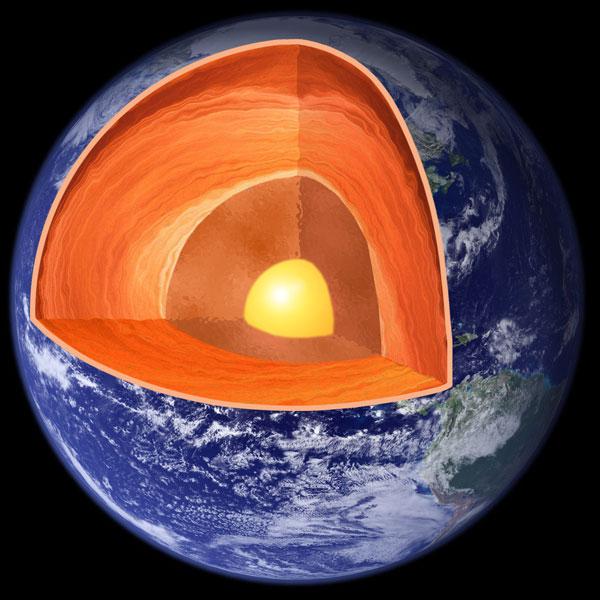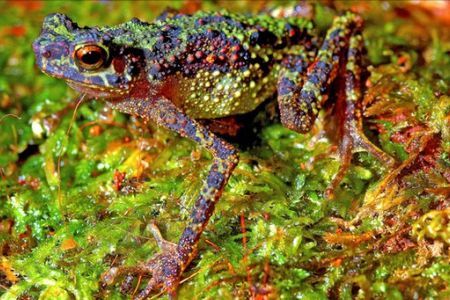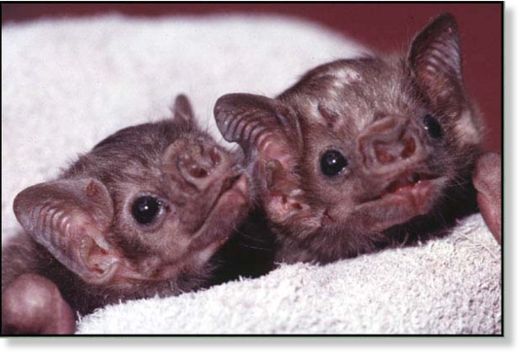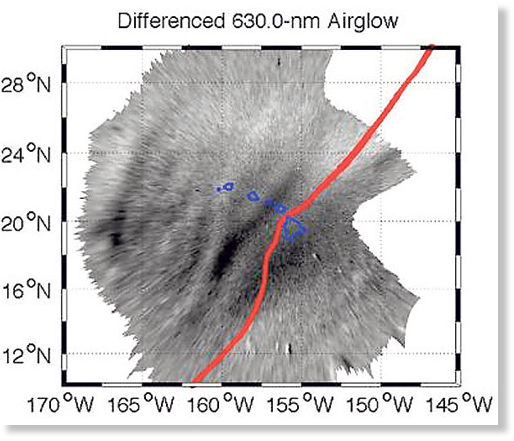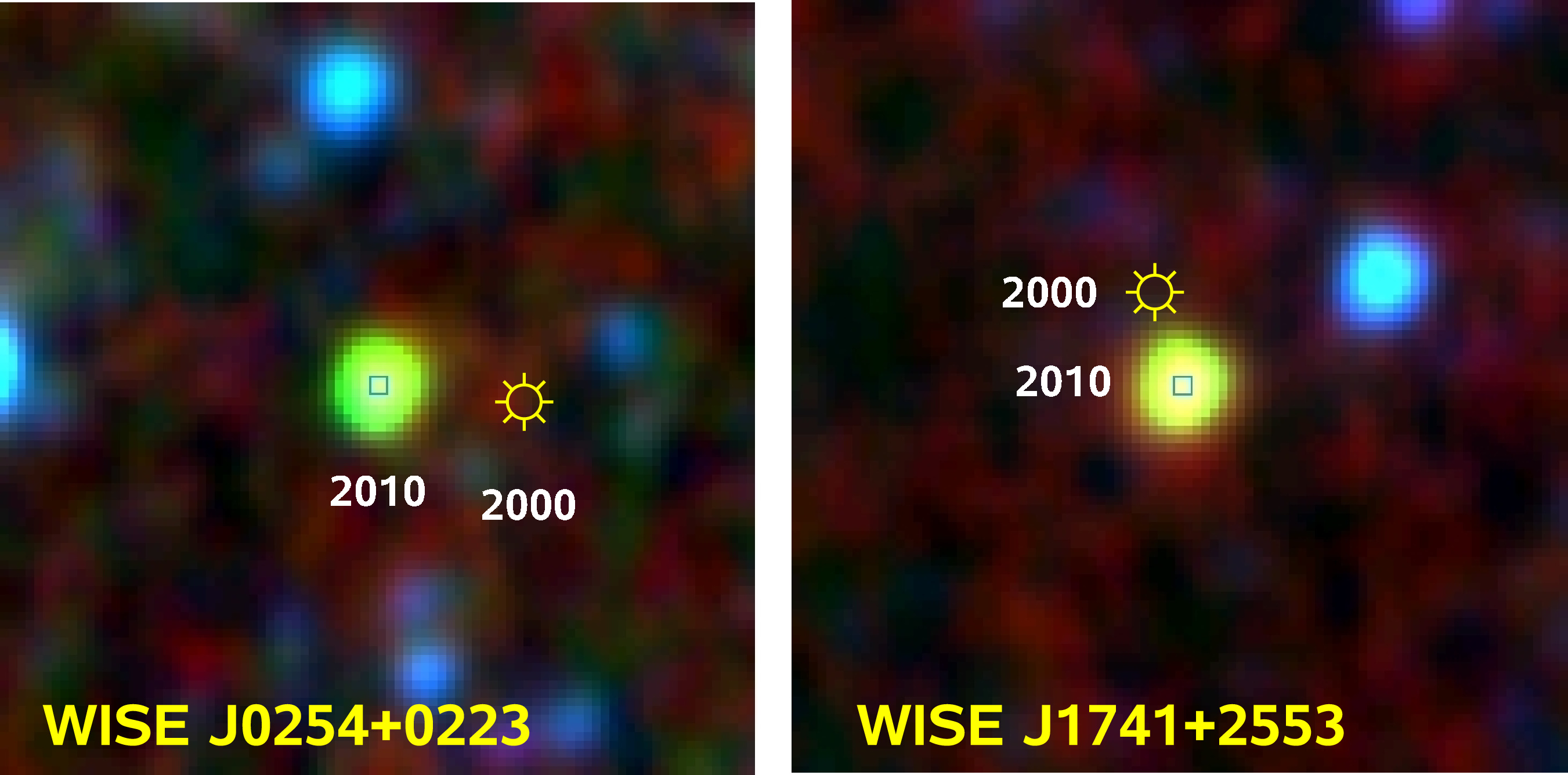
© Hanlon, Beckman ITG, University of IllinoisThis image portrays the evolution of a patient's recovery from facial injury through the use of topological optimization.
Today, surgeons face many limitations when it comes to helping a patient who suffers from a severe craniofacial injury, or an injury pertaining to the skull and the face. Most often a result of cancer or war-related circumstances, the injury is both psychologically and physically damaging.
Will the patient ever recover their appearance? Or more importantly, recover their ability to speak, breathe or eat correctly again?
Rebuilding the delicate facial bone structure of an individual is a complicated procedure. The surgeon constructs a facial frame with bone from other parts of the body (called autologous tissue), in order to guarantee the functionality of the specialized organs responsible for vital roles such as breathing, seeing, communicating and eating. Since there are no analogous bone structures to a person's face, the procedure depends on experience and skill. As Glaucio Paulino, program director of Mechanics of Materials at the National Science Foundation, noted, this procedure does not always generate the desired outcome.
"The middle of the face is the most complicated part of the human skeleton," said Paulino. "What makes the reconstruction more complicated is the fact that the bones are small, delicate, highly specialized and located in a region highly susceptible to contamination by bacteria."
Facial bones are unique and using bone tissue extracted from different parts of the body, such as the bones of the forearm, isn't the most effective form of recovery.
"The patient may be improved, but still suffer from significant deformity," said Paulino.

